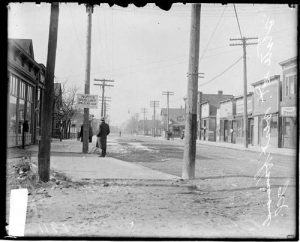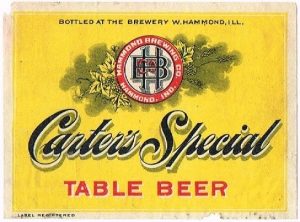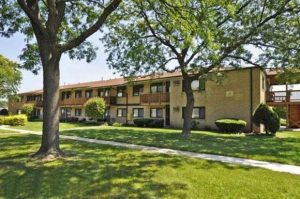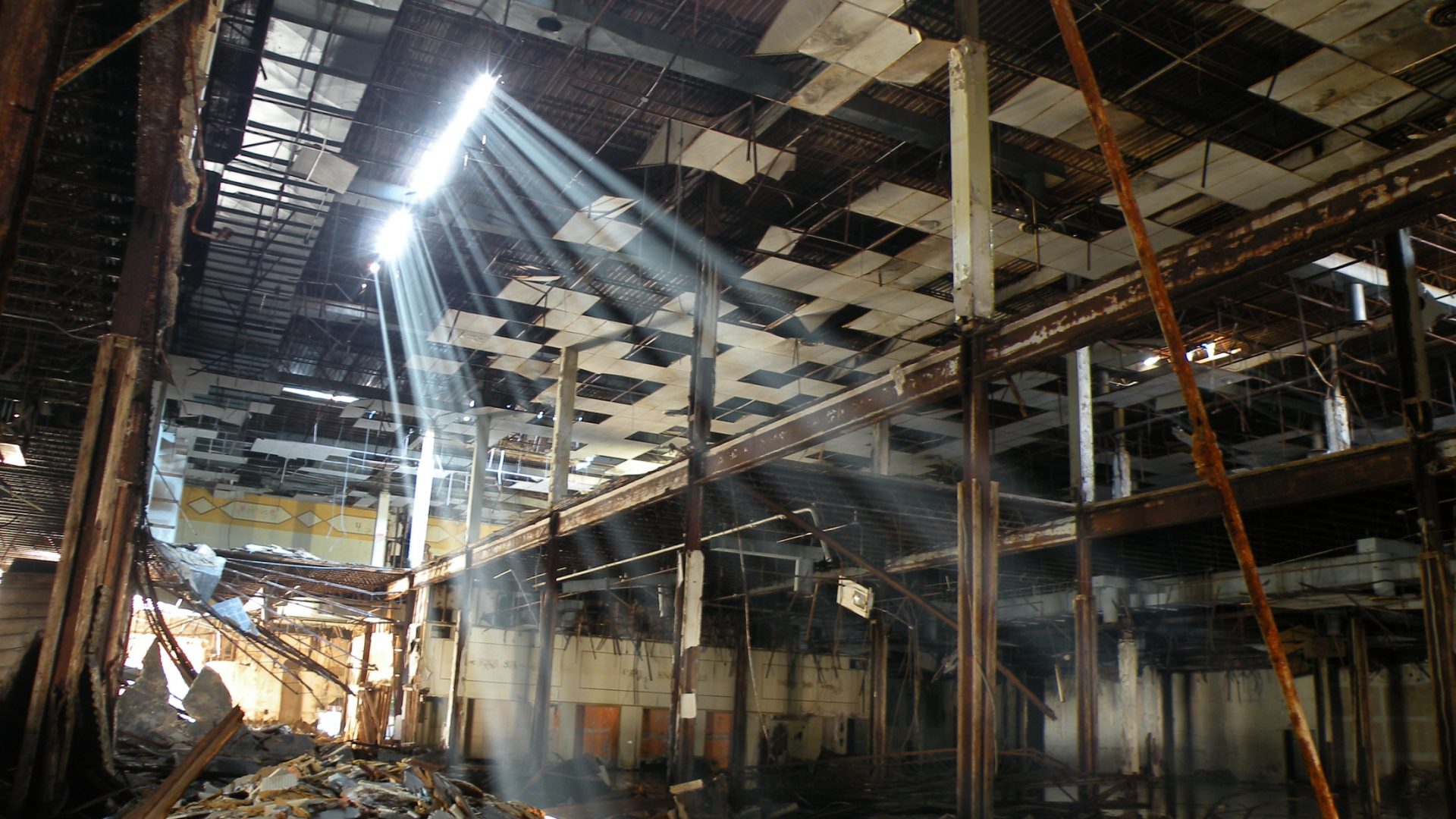| Nicknames | Calumet Shitty | |
|---|---|---|
| Settled by | Provide info | |
| Year infiltrated | Provide info | |
| Crime impact | Provide info | |
| Worst areas | Most areas of town have higher than average crime, the safest is the northwest side of town, the southeast area has historically been the toughest area, currently the far northeast side is experiencing higher crime |
|
| Suburban projects | None |

I do not have much information about the first European settlers and early history but I can say this community was founded in 1893 as the town of West Hammond.

In the year 1918 the neighboring state of Indiana enacted their own statewide prohibition on alcohol two years before the nationwide prohibition. As a result of the Indiana prohibition, many thirsty customers crossed the border into West Hammond to indulge. West Hammond was happy to accommodate drinkers from Indiana and by 1920 when the national ban happened, Al Capone and the Chicago Outfit continued to serve West Hammond with barrels upon barrels of illegal liquor. Organized crime also assisted the State Street strip with building many speakeasies, gambling dens and even prostitution businesses. The State Street strip had everything needed to appease their customers that wanted to walk on the wild side. Before Las Vegas even existed the State Street strip (Sin City as it was called) was the place to go in the Midwest.

In the year 1923, many residents were fed up with the reputation West Hammond had for being a place of vice, gambling and illegal liquor so it was decided to change the name to Calumet City; however, this did little to hide what was going on and Calumet City as a name had a better ring to it. The Sin City strip (pictured) was a bitter sweet part of the Calumet City community as it caused the population to grow tremendously but it also caused many mayors and groups of citizens to try to get Sin City shut down, but the demand was too high for the strip for many years to come well into the 1980s it was loved by many.
In the 1980s decade African American families and to a lesser extent Mexican families began migrating into the community which brought about racial change to this community that caused many white residents to move out of the area for fears that this migration would cause disinvestment, but those fears alone caused some disinvestment.

By the mid-1980s many low income residents were moving into the Calumet City community especially into the Ginger Ridge apartments and Smiley Plaza apartments, which could be found within the vicinity of Sibley Blvd on the north, Pulaski Road on the south, Burnham Ave on the east and I-94 to Wilson Ave to Jeffrey Ave on the west.
By the mid to late 1980s more impoverished residents began moving into the area just east of the Sin City strip which is an area bounded by: Plummer Ave on the north, 155th Street on the south, the Indiana/Illinois border on the east and Freeland Ave on the west. This area soon became plagued with crime and much of the crime moved along the Sin City strip by 1987.
Sin City strip began changing into a glum and dangerous place starting in 1987. The bars became rough, the prostitutes were now running around in the streets injecting heroin into their veins and were infected with the HIV virus. The once loved strip began to turn into a breeding ground for disease and crime.
Chicago based street gangs made their way into the Calumet City community sometime between 1985-1987 as gangs like Gangster Disciples, Conservative Vice Lords, Black P Stones and Latin Kings made this community their home.
Gangs especially began flourishing in the far northeast section and also the Ginger Ridge and Smiley apartments area. Ginger Ridge apartments especially became known for high crime and heavy gang activity by the late 1980s. Both Ginger Ridge and Smiley apartments were taken over by the Department of Housing and Urban Development (HUD). The apartment complexes fell into severe deterioration, vandalism and a high rate of vacancy. When going through the complexes, seeing several abandoned vehicles was common to find especially by Sibley Ave and Clyde. The apartments also had crazed drug addicts wondering about and sometimes taking over vacant apartments, these two complexes became real horror shows in the late 1980s and early 1990s.
By 1988, there were 100 gang members known by Calumet City police and that number would multiply to 300 known members by 1991. In the year 1991, six more street gangs migrated into Calumet City and started recruiting fast (Chicago Tribune Ellie Sandler and Edmund S. Tijerina, December 6, 1991), These gangs were the Spanish Gangster Disciples, Krazy Getdown Boys, Black Disciples, Satan Disciples, Latin Counts and Four Corner Hustlers. By the year 1992, there were 100 gang members that were identified as hard core members and 300 additional members, police also said there were about 300 undocumented members of gangs (Chicago Tribune Ronald Koziol, August 5, 1992).
By 1992, Calumet City became one the more violent and dangerous suburbs in the Chicago metropolitan area with high numbers of gang violence and gang membership. The State Street strip was full of disease filled prostitution. Residents that lived near the strip often had to sweep away dirty drug needles and used condoms off their property because of the vice activity along the strip. The Ginger Ridge and Smiley apartments were in such a horrible state, they were almost unlivable.
In the year 1993 Calumet City began to fight back against the strip and the conditions of the HUD controlled apartments. Mayor Jerry Genova signed an executive order that ordered for immediate codes and crackdowns on the businesses and prostitution happening along the State Street strip. The city also began working toward trying to clean up the troubled apartments and trying to buy them from HUD.
By 1997, the strip was completely cleaned up and rid of prostitution and various other crimes, legit businesses were the only entities in operation. The village purchased Ginger Ridge and Smiley apartments and made immediate renovations and more strict screening processes. Calumet City police also began cracking down on gangs much harder and the suburb soon saw major improvement heading into the 21st century. Although the apartment complex area and northeast side are much better than before, these areas still remain the roughest areas in the village and experience the highest crime. The village also still pulls in high rates of crime and is one of the more troubled suburbs in Chicagoland.
